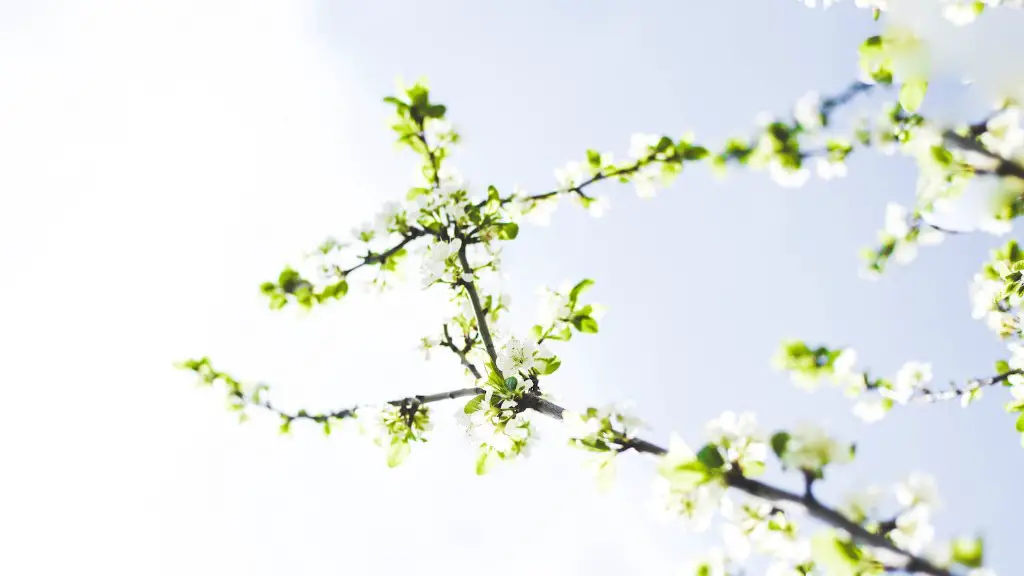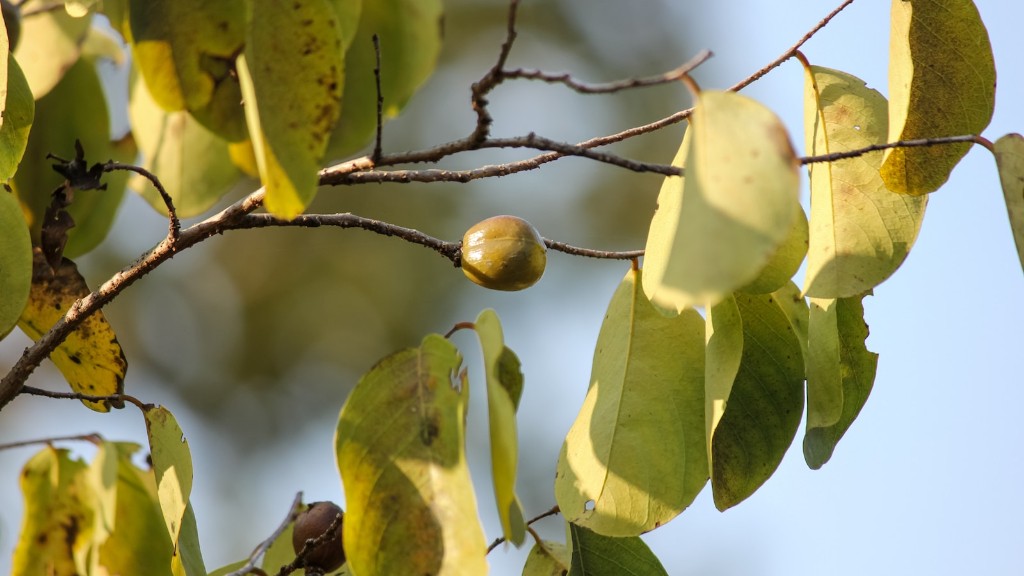Background Information
Rooting a cherry tree is a great way for many different people to have a cherry tree in their own backyard. Having a cherry tree can bring a variety of benefits such as shade, adding beauty to the landscape, and also provide a harvest of delicious cherries every year. There are several different ways to root a cherry tree, and the process can be complex. In order to successfully root a cherry tree, you must have the right information, as well as the right tools and technique.
Gathering the Supplies
Before beginning the rooting process, you will need to collect the supplies needed for the process. This includes gardening shears for cutting the branches, a rooting hormone, some perlite, vermiculite, or peat moss, potting soil or a blend of peat moss, sand, and composted manure, some plastic bags, and a small pot or container. These supplies will ensure that the rooting process is successful.
Cutting the Branch from the Tree
Once the supplies have been collected, the next step is to cut a 6 to 8 inch branch from the cherry tree. This should be done during the spring or summer when the tree is actively growing. The branch should be taken from an area of the tree that has healthy growth and features at least two strong buds on the stem. This is important so that the cuttings can root properly.
Treating the Branch and Planting it in Soil
Once the branch is taken, it should be dipped in rooting hormone and cut into 3- to 5-inch pieces. The cuttings should then be planted in a pot filled with the soil or soil blend mentioned earlier, making sure that the bark stays in contact with the soil. The pot should then be covered with a plastic bag, which will help keep the moisture and humidity levels inside the pot.
Watering and Care
Keeping the soil moist is essential to the rooting process. The easiest way to do this is to sprinkle water on the soil every day. The cuttings should also be kept in an area that receives indirect sunlight and is shielded from wind and direct sunlight. After about one month of growing, the cuttings should have root growth and can then be transplanted.
Transplanting and Aftercare
Once the cuttings have been transplanted, they should be placed in an area with a lot of sunshine and kept moist. Pruning any dead or weak stems can help promote growth and give the cherry tree a strong foundation. Regular fertilization can also be beneficial to the general health and growth of the tree.
Harvesting the Cherries
When the cherry tree has reached 3 to 5 feet in height, it should begin to produce cherries. Depending on the variety of cherry, the fruits may ripen at different times. It is also important to select disease-resistant cherry varieties, as this can help prevent any potential damage to the tree.
Protecting the Tree to Promote Healthy Growth
In order to keep the cherry tree healthy and free from diseases, the tree should be routinely inspected for any signs of disease or pests. Proper pruning techniques should also be used when removing any dead or damaged branches, as this can help maintain a strong framework for the tree and promote new growth.
Maintenance and Regular Care of the Tree
Regular and proper care of a cherry tree will help ensure that it continues to produce delicious cherries. Trees should be watered and fertilized regularly, and routinely inspected for signs of disease or pests. Pruning and removing any dead or damaged branches can help encourage the growth of the tree and keep it healthy and vigorous.
Preserving the Cherry Harvests
Once the cherries have ripened and are ready to be harvested, there are a few different options for preserving the cherry harvests. Fresh cherries can be stored in a refrigerator for up to two weeks, or the cherries can be frozen or canned for extended shelf life.
Building a Support System Around the Tree
Cherry trees require a well-built support system in order to stand upright. This includes stakes and wires set into the ground to hold the tree straight and to support the branches. The stakes should be placed no more than 8 inches away from the trunk and the tree should be supported as it grows.
Fruit Thinning and Overall Maintenance
In order to encourage strong growth, cherry trees should be given a heavy thinning of some of the branches in order to keep the tree from becoming overcrowded and bearing too much fruit. This will help the remaining fruits have more room to grow into larger and tastier cherries. The tree should also be regularly pruned and weeded to ensure its health and promote vigorous growth.


